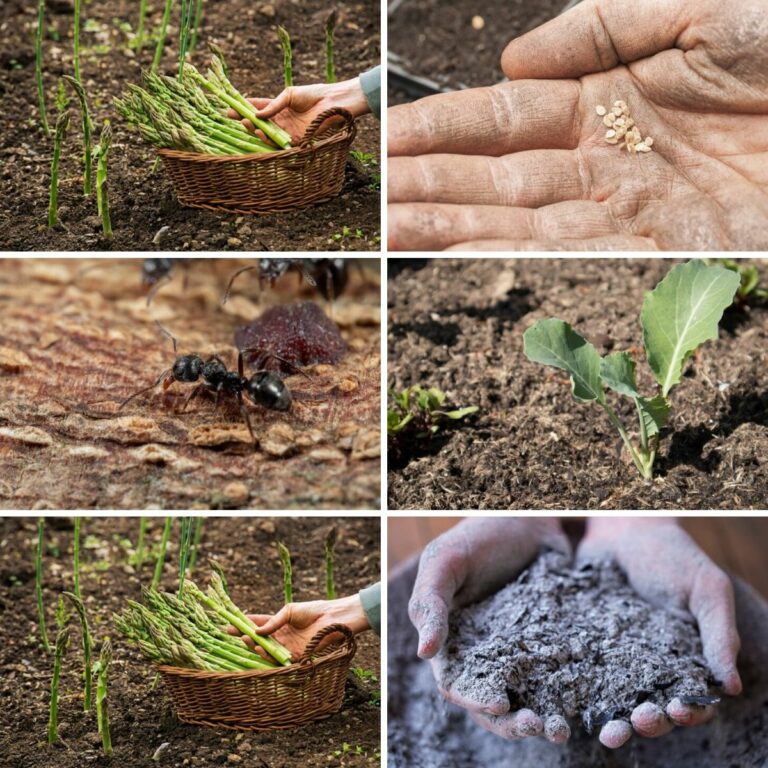Rather than tossing the wood ash into the trash, there are plenty of ways you can use it in your garden. It presents several benefits – which we’ll discuss in detail in this article.
It is economical, too. Just 20 pounds, or enough to fill a five-gallon bucket, is enough to cover about 1000 square feet in your garden. That’s about as much as you’ll get from a single firewood cord!
You can use wood ash on just about any kind of soil, although you will want to make sure you take out the ash and don’t leave it in clumps or piles.
15 Uses for Ash in the Garden

1. Make a Wood Ash Tea
Just like you make compost tea, you can also make a nutritious, fertilizer tea from wood ashes. This will provide nutrition to growing plants, as you can spray the tea around the base of your plants.
To do this, you will just need to put three pounds of ashes in a burlap bag and submerge it in a 30-gallon garbage can of water. Leave it there for a few days.

2. Spread Wood Ashes to Deter Slugs and Snails
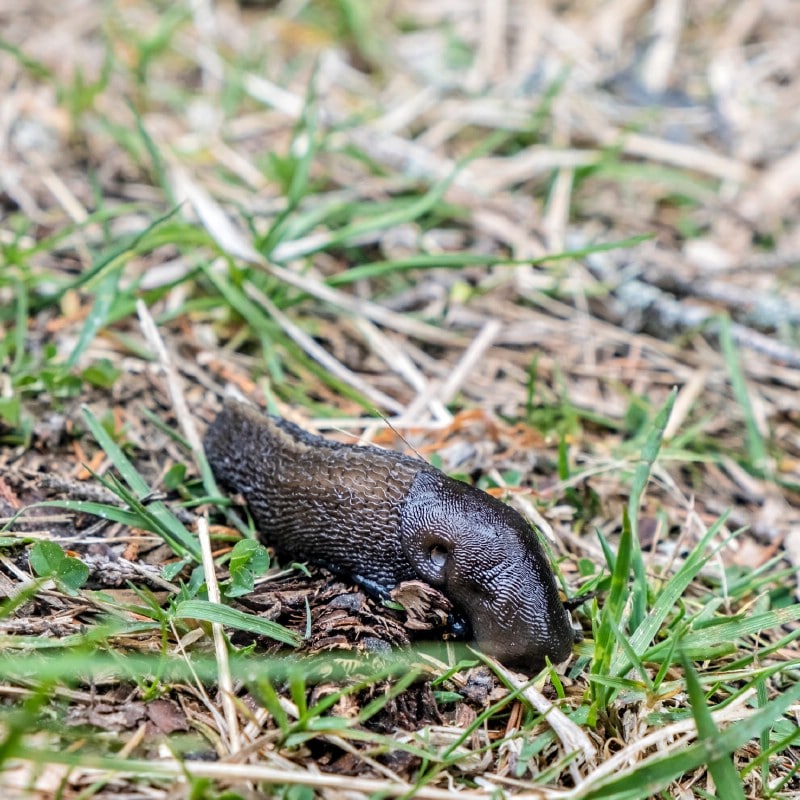
There are certain garden pests that really don’t like wood ashes! Wood ash has a harsh, abrasive feel when dry. You can spread the ashes around your plants (ideally, around perennials) to deter these slimy, slippery pests that may otherwise harm your sensitive plants.

3. Make Wood Ash an Essential Component of Your Compost
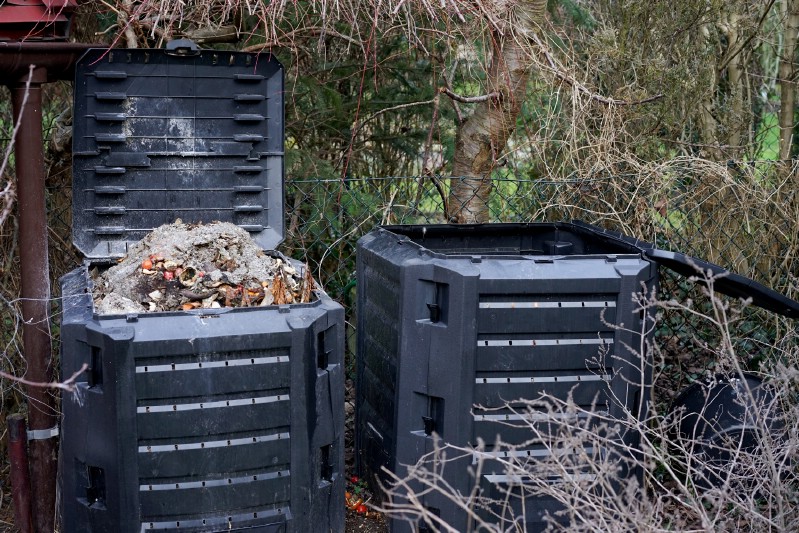
If you have a compost pile, you can use wood ash in there, too. Simply add the ash to the pile to help balance out the acidity. You can sprinkle a bit on every layer as you gradually add to your pile. If you plan on storing wood ashes to add them later, make sure you keep them dry.
If you don’t want to use the ashes in your garden right away, you can store them in a metal trash can until you are ready to use them.

4. Use on Alkaline- Loving Plants
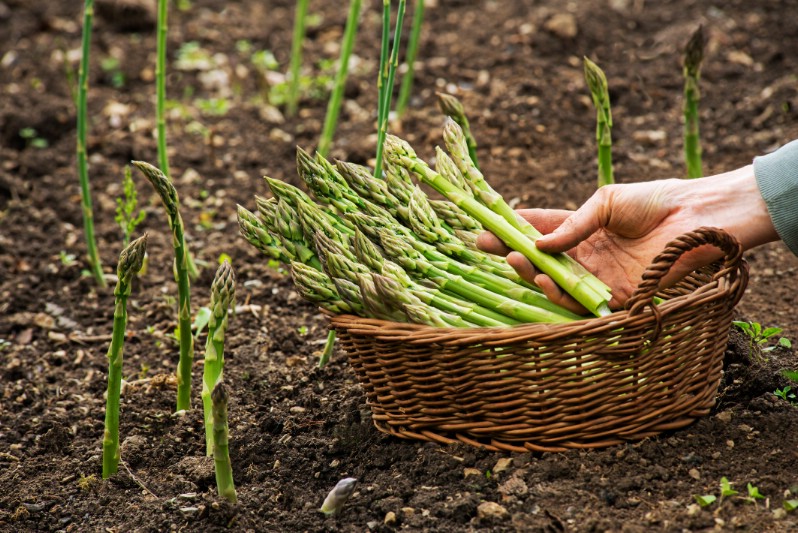
There are certain plants, such as asparagus, junipers, and conifers, that like to be grown in more alkaline soil. These are great candidates for wood ash fertilizer!
However, you may want to avoid using wood ashes on blueberries, potatoes, and rhododendron, which need more acidic soil where they are grown.

5. Add Lime and Potassium

Although wood ash contains a variety of trace nutrients (some of which vary depending on what kind of tree the ashes were from), you can use them any time your garden is deficient in potassium or lime.
It also contains a variety of nutrients like magnesium, calcium, and potassium. These nutrients vary depending on what kind of tree was used to create eh ash.
The best way to add wood ash is by adding it to your compost. When wet, wood ash can produce trace amounts of salt and lye. As long as you’re adding these in small quantities, you shouldn’t have a problem – but if large clumps remain around your plants, they can cause them to burn. Composting will leach away the salt and lye.
If your soil is overly acidic and not alkaline enough, you can add wood ashes to helpfully boost the pH, too. Wood ash contains lots of potash, too, which is beneficial for plants like peas, parsnips, beans, and carrots. Many fruits appreciate a bit of potash, too.

6. Reduce Frost Damage
There’s not much you can do to delay the arrival of winter- but you can prevent frost damage by dusting your plants with wood ash.

7. Reverse Potassium Deficiency

Plants require lots of potassium to flower and fruit to the best of their ability. You can use wood ash as a soil amendment by sprinkling it around the plant bae. The best kinds of wood ash to use for potassium deficiencies include those made out of young hardwoods, like maple and oak.
Wood ashes can also be used to prevent and treat blossom end rot. When you plant vegetables that are susceptible to this disease, like cucumbers, squash, and peppers, simply toss a handful of wood ash into the hole before planting.

8. Prevent Club Root Disease
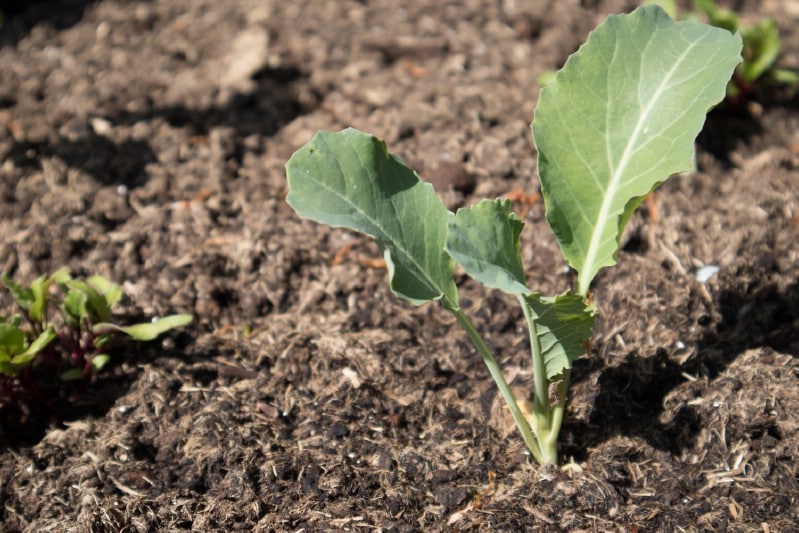
Club root disease is an incredibly aggravating illness that is common in brassicas like cauliflower and broccoli. By raising the pH of your soil, you can eliminate club roots and restore your plants to their original health and vigor.

9. Keep Pests Out of the Compost
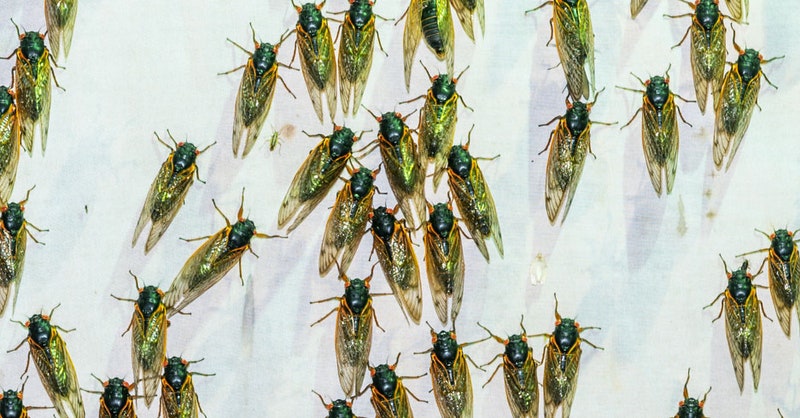
Lots of gardeners report that adding wood ash to the compost pile can keep pests at bay. Some even use it to keep out larger critters, like bears! This is mostly based on anecdotal evidence but is definitely worth considering.
It’s often used to keep pests like rats, mice, cockroaches, and other creepy-crawlies away, too.

10. Provide Traction
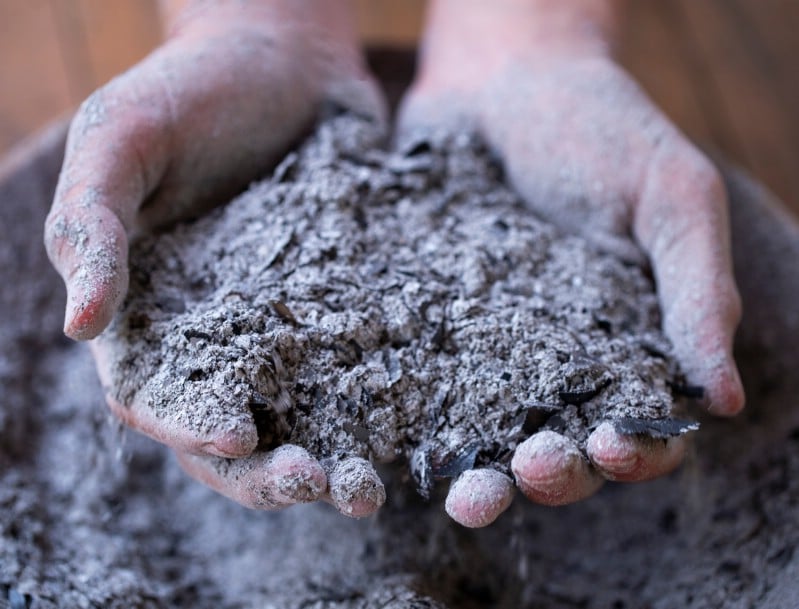
If you have some spots in the garden that are prone to becoming slippery (particularly after watering), you may want to add some wood ash. This will help add a bit of traction without damaging paved surfaces or animal paws.

11. Use Wood Ash to Clean Your Tools
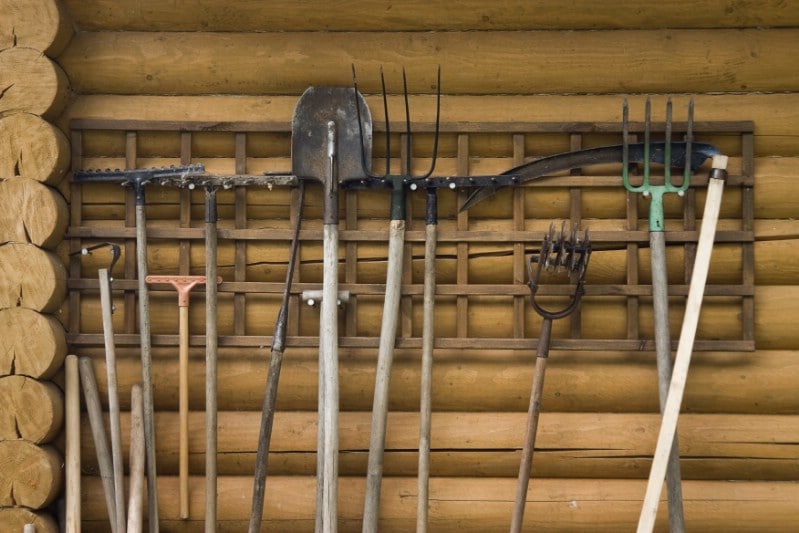
Wood ash is an excellent cleaner for all kinds of materials, including stainless steel, glass, and metal. To use it, simply dip a damp cloth in wood ash and then use it to scrub away your toughest stains.

12. Spread it on Your Lawn

You can spread wood ashes on your lawn, too. Again, don’t use ashes from wood that was painted or pressure-treated. However, you can spread wood ash on your lawn at a rate of 10 to 15 pounds per 1,000 square feet. Don’t do it right before seeding.

13. Save Seeds
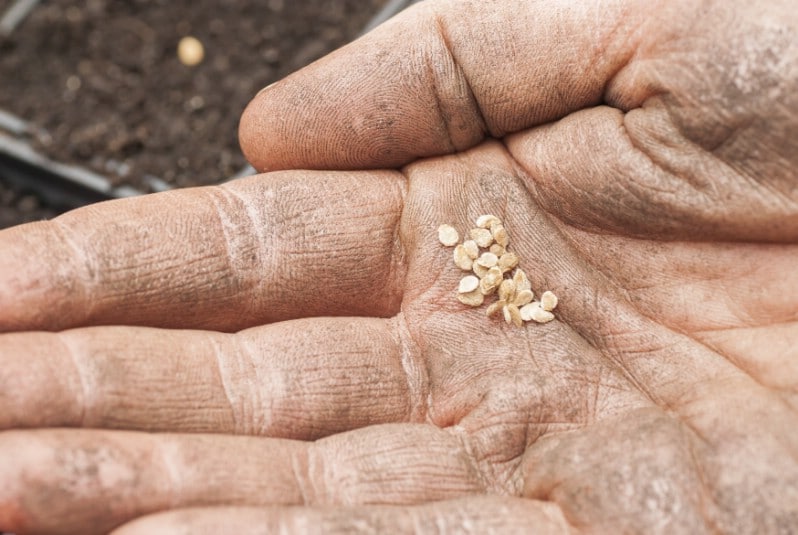
When you store seeds to be used the next year, you have to be careful about how you lose them. If you don’t store them properly, they can lose their availability and will fail to germinate. Instead, you need to stab them in a medium that is insulating and also absorbs moisture. Add some ashes to the container in which you are storing seeds.
This will not only cut down on moisture, but it will protect your seeds from any damage, too.

14. Store Produce

It can be tough to find ways to save your harvest for future years. One of the easiest ways to do it is in a root cellar, but if you don’t have a root cellar, that option is out of the question. Instead, make a miniature root cellar by digging a hole and putting down a layer of ash.
It should be just a few inches thick. Put your produce in and make sure none of it touches each other. Cover with more ash and you’ll be able to enjoy your harvest all winter long!

15. Get Rid of Ants
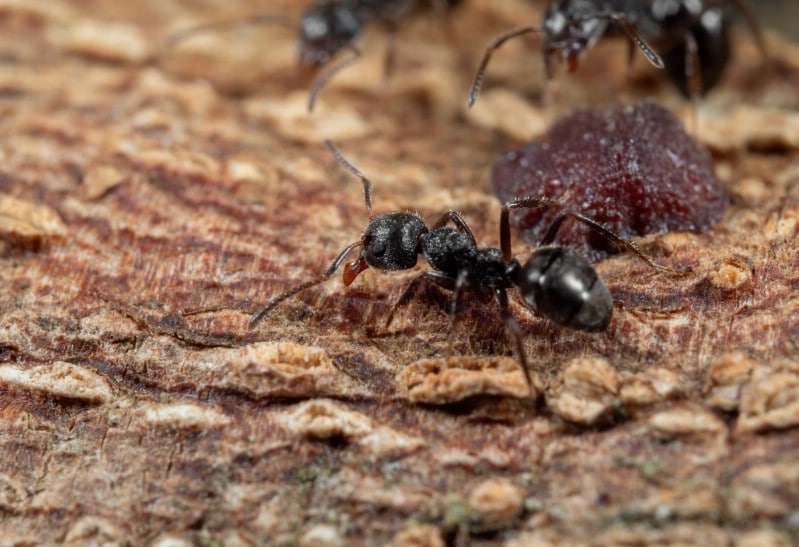
There’s nothing more annoying than ants in the garden. Get rid of ant hills by dumping ashes on them.

What to Keep in Mind When Using Wood Ash On Your Plants
Although wood ashes present numerous benefits to gardeners, there are a few things you’ll want to keep in mind.
For starters, ashes from treated wood (or that result from burning trash) should never be used in the garden. They contain elements and chemicals that can be toxic to your plants – and toxic to you, too.
Always test your soil before using wood ash in the garden. Wood ash is high in potassium and can add alkalinity to the soil.
Adding too much can do more harm than good. Test your soil pH as well as the nutrient balance before you decide to add wood ash. Similarly, clay soil does better with wood ash than does sandy soil.
When spreading wood ash in your garden, don’t do it right before seeding. Instead, wait about three to six months. The best time to spread ash is in the early to late winter.
Otherwise, add as you see fit! Wood ash is a great addition to most gardens – plus, it’s inexpensive and easy to spread. There’s no reason not to give it a try! Henry


